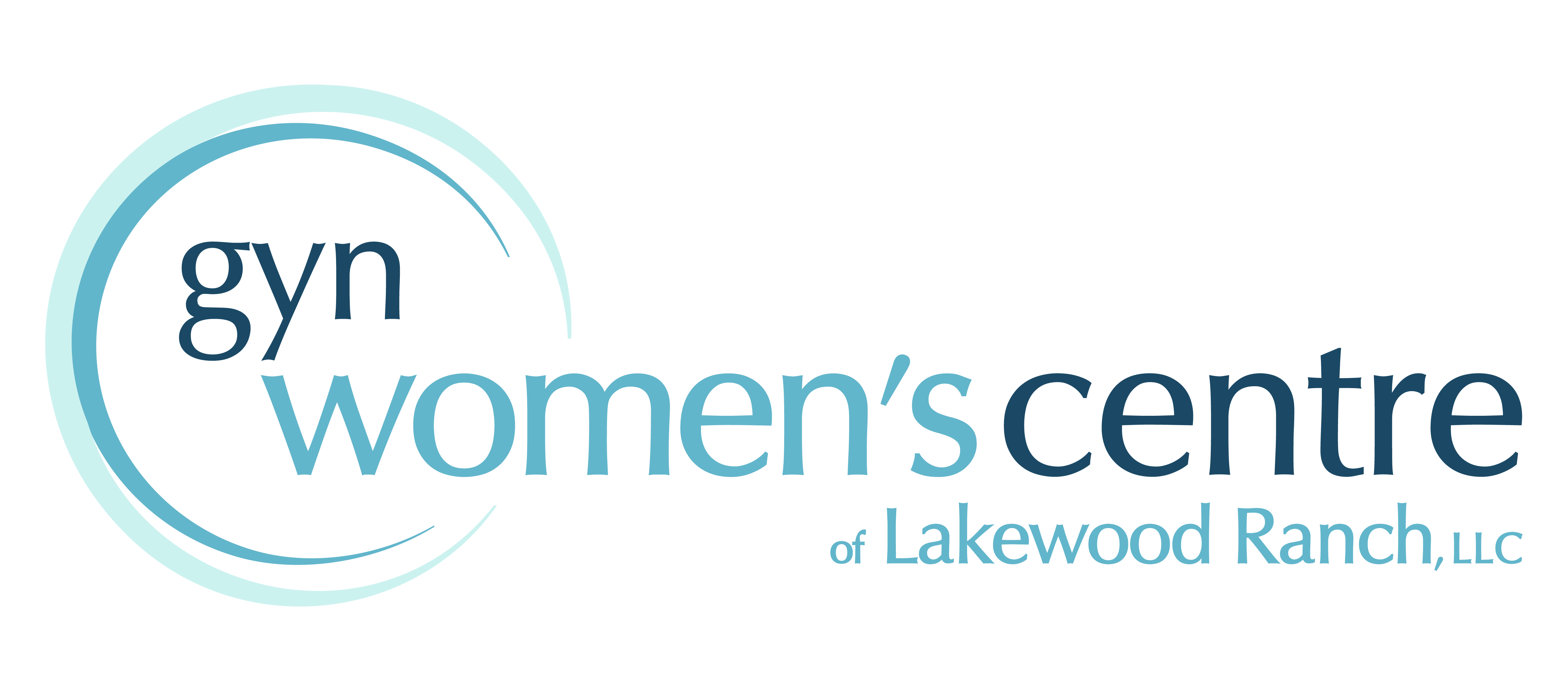The uterus is lined with endometrial tissue and that lining is called the endometrium. A woman’s body grows a new endometrium with each menstrual cycle to prepare for a fertilized egg. There is a condition where the endometrial tissue grows outside the uterus, that condition is called Endometriosis.
What Is Endometriosis?
Endometriosis is often painful and most often occurs on or around the reproductive organs in the pelvis or abdomen that includes:
- Fallopian tubes
- Ligaments around the uterus (uterosacral ligaments)
- The lining of the pelvic cavity
- Ovaries
- The outside surface of the uterus
- Space between the uterus and the rectum or bladder
In rare occurrences it can also grow on or around the:
- Bladder
- Cervix
- Intestines
- Rectum
- Stomach (abdomen)
- Vagina or vulva
The Endometrial tissue that grows in these areas does not shed during a menstrual cycle like healthy endometrial tissue inside the uterus does. When there is a buildup of abnormal tissue outside the uterus it can lead to inflammation, scarring, and painful cysts.
Endometriosis Symptoms
A common symptom of endometriosis is pelvic pain, often associated with menstrual periods. Many women experience cramping during their menstrual periods however, those with endometriosis typically describe menstrual pain that is more intense than what most experience during menstrual cramping. Pain may also increase over time.
Common signs and symptoms:
- Painful periods (dysmenorrhea)
- Pain during intercourse
- Painful bowel movements or urination
- Excessive bleeding
- Infertility
- Fatigue, diarrhea, constipation, bloating, and/or nausea during menstrual periods
Endometriosis Treatment
There is no cure for endometriosis, but doctors can offer treatments to help manage it. Finding the right treatment will depend on various factors. Taking age, symptoms, and whether you want to have children into consideration – helps to determine the best treatment options for the patient.
There are nonsurgical endometriosis treatment options. Those options are hormone therapy and pain management. The more common hormone therapy options are:
- Oral contraceptives
- Progestins
- Gonadotropin-releasing hormone antagonist to limit ovarian hormones
- Gonadotropin-releasing hormone agonist to stop ovarian hormones
Pain management can include nonsteroidal anti-inflammatory drugs (NSAIDs) like ibuprofen or prescription medications for more severe pain.
Laparoscopy For Endometriosis
If the patient has more advanced endometriosis, pain that does not resolve with other treatments or they are trying to conceive may need surgery. In this case, laparoscopy is the most common surgery used to treat endometriosis.
Laparotomy For Endometriosis
There are some cases where the doctor may need to do a laparotomy for endometriosis instead of a laparoscopy. The incision will be larger to remove the endometrial tissue – which isn’t very common.
Hysterectomy For Endometriosis
This is a surgical procedure to remove the uterus. It may also be recommended to remove the ovaries. This will stop the release of hormones and should definitively treat endometriosis. It will also put the patient into menopause.
Women who have their ovaries removed but still have a uterus will still be able to get pregnant via IVF. Doctors can harvest eggs from the ovaries of the patient prior to the surgery and preserve those eggs for fertilization and implantation in the patient’s uterus later, or an egg donor can be used.
If you believe you may have some of these signs or symptoms be sure to call for a consultation. Here at OB-GYN Women’s Centre of Lakewood Ranch, we are here to answer any questions or concerns you may have regarding your reproductive health.


